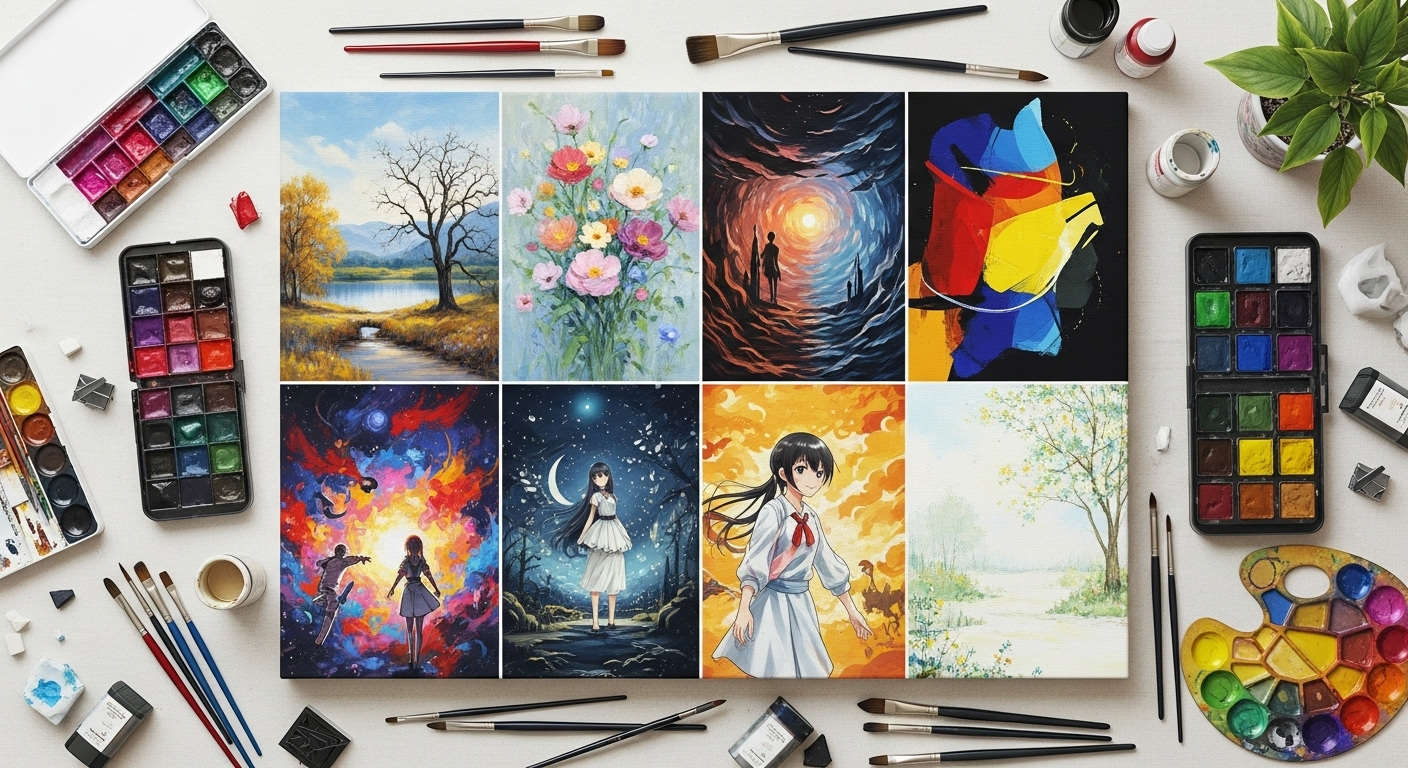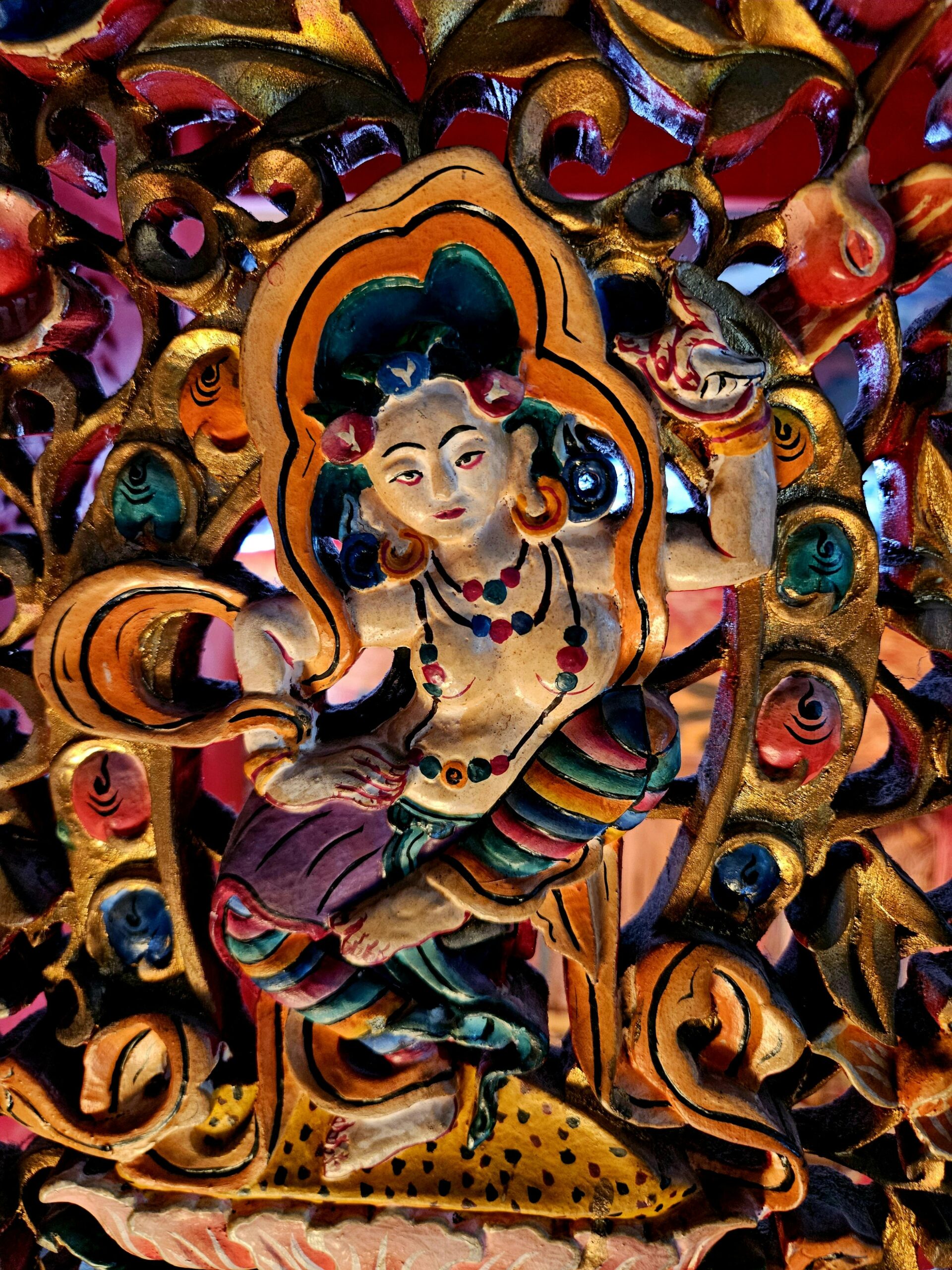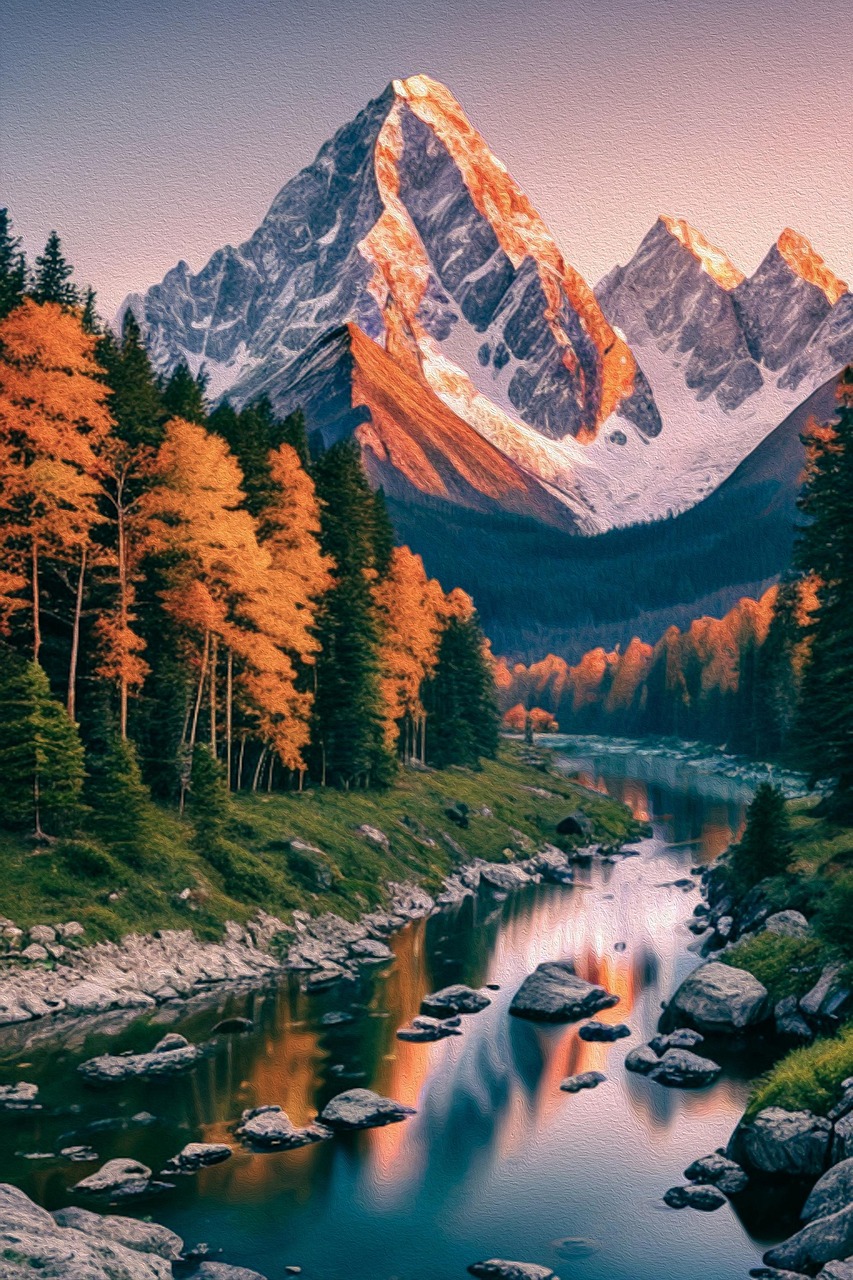Different types of Painting Style




Introduction
1. Realism – Capturing Life as It Is
Realism is a painting style that strives to depict subjects exactly as they appear in everyday life, without exaggeration or stylization. Artists working in this style focus on precise details, accurate proportions, and true-to-life colors, creating artworks that feel almost photographic in their authenticity.
True-to-Life Representation
Subjects appear natural and accurate, just like in real life.
Fine Detail Work
Every texture, shadow, and highlight is carefully painted.
Natural Color Palette
Colors match the real-world tones without over-saturation.
2. Impressionism – Painting Light and Movement
Impressionism focuses on capturing the fleeting effects of light, color, and movement rather than exact details. With visible brushstrokes and a softer focus, it gives the viewer an “impression” of the scene rather than a perfect replica. This style often portrays outdoor landscapes, everyday moments, and scenes full of natural light.
Loose Brushwork
Quick, visible strokes that suggest forms rather than define them.
Focus on Light
Colors shift based on time of day and lighting conditions.
Vibrant, Fresh Colors
Often painted outdoors to capture natural brightness.
3. Abstract – Art Beyond Reality
Abstract painting moves away from realistic depictions, using shapes, colors, and textures to express emotions, concepts, or ideas. Instead of recreating what we see, it invites viewers to interpret the meaning based on personal feelings and imagination.
No Defined Subject
Focus on form, color, and movement rather than objects.
Emotional Expression
Colors and shapes are chosen to convey mood or energy.
Creative Freedom
Artists are not bound by rules of proportion or perspective.
4. Surrealism – Blending Dreams and Reality
Surrealism creates art that fuses real-world elements with dream-like or fantastical imagery. It challenges logic and often uses symbolic elements to explore the unconscious mind, resulting in visuals that are both intriguing and thought-provoking.
Dreamlike Scenes
Combines familiar objects in unexpected ways.
Symbolism
Colors and shapes are chosen to convey mood or energy.
Imaginative Storytelling
Artworks feel like snapshots from a vivid dream.
5. Expressionism – Painting with Emotion
Expressionism focuses on conveying intense feelings rather than realistic details. Artists use bold colors, exaggerated shapes, and dramatic brushstrokes to express emotions, often creating artworks that feel raw, powerful, and deeply personal.
Bold, Intense Colors
Used to evoke strong emotions.
Distorted Forms
Shapes and proportions are altered for emotional impact.
Energetic Brushwork
Strokes often appear rough, chaotic, and expressive.
6. Anime-Inspired Art – Storytelling through Stylized Characters
Anime-inspired painting draws from the distinct Japanese animation style, blending vivid colors, expressive characters, and dynamic compositions. This style often combines elements of fantasy, action, and emotion, making it a favorite for modern pop culture and digital art enthusiasts.
Expressive Characters
Big, detailed eyes and exaggerated facial expressions.
Vibrant Color Palettes
Bold, rich colors to enhance mood and storytelling.
Dynamic Composition
Action-packed scenes or emotionally charged stills.
7. Watercolor Painting – Soft and Transparent Beauty
Watercolor painting uses pigments mixed with water to create delicate, translucent effects. Its fluid nature allows for soft blending, gentle color transitions, and an airy aesthetic that works beautifully for landscapes, florals, and illustrations.
Translucent Layers
Light passes through the paint, creating a luminous look.
Soft Color Blending
Smooth transitions between shades and tones.
Delicate Detailing
Ideal for fine lines and subtle textures.
